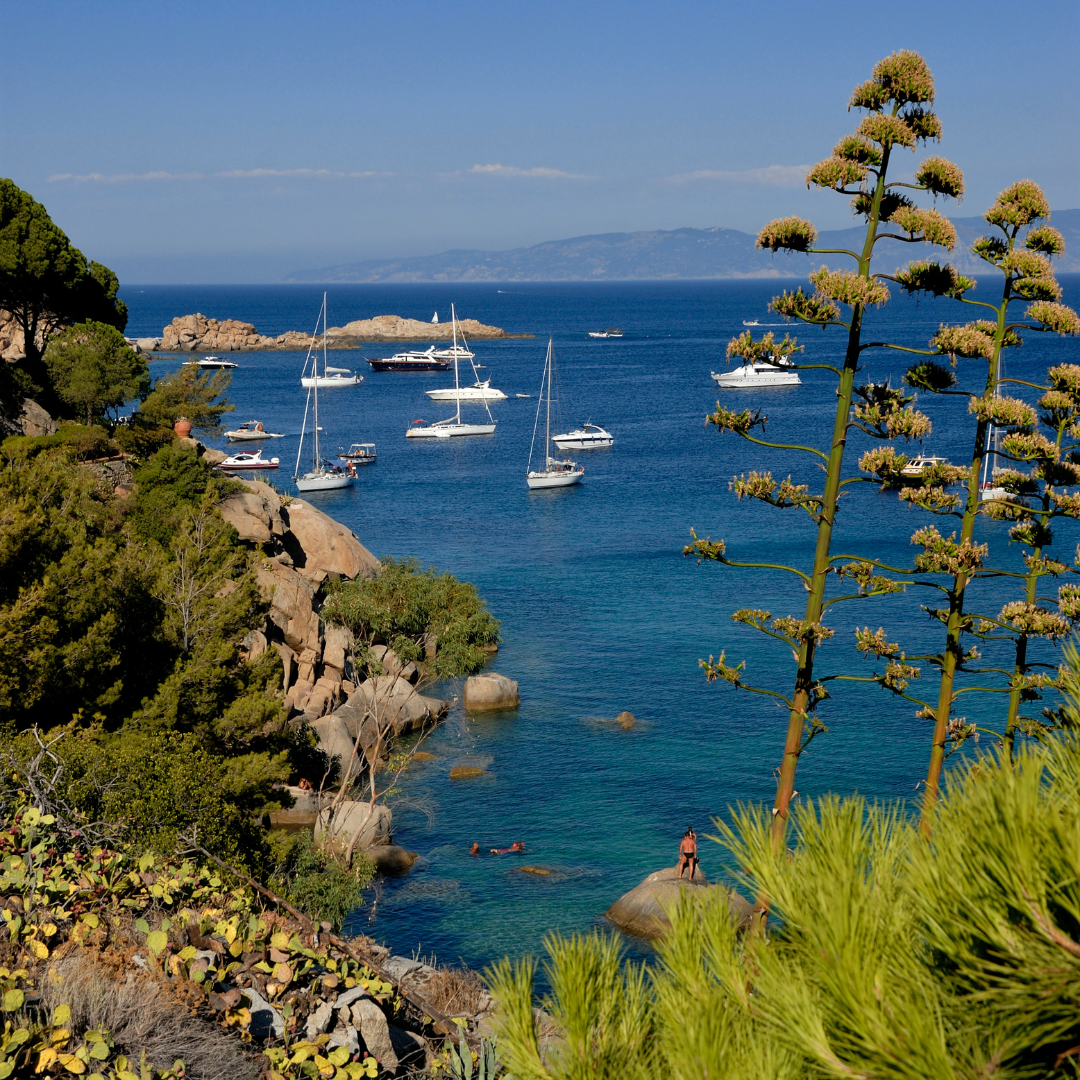The Tuscan Archipelago: Elba, Giglio, and Pianosa – A Sailor’s Paradise in Tuscany

The Tuscan Archipelago, a glittering cluster of islands set against the backdrop of Italy’s iconic Tuscany, offers an enchanting blend of history, natural beauty, and maritime charm. Nestled amidst the blue embrace of the Tyrrhenian Sea, these islands have been a coveted destination for sailors, explorers, and dreamers for centuries. From Elba’s historical allure to the untouched serenity of Pianosa, the archipelago beckons adventurers to discover its myriad treasures.
Elba’s Historical Significance and Sandy Beaches
Elba, the largest of the Tuscan islands, is a mosaic of history and nature. Its sandy beaches, from the white sands of Sansone to the sparkling coves of Capoliveri, offer sailors picturesque spots to anchor, sunbathe, and swim. Yet, beyond its natural beauty, Elba resonates with historical significance. Etruscan remains, Roman ruins, and evidence of its medieval past weave together a tapestry of centuries-old narratives, making it a delightful destination for both beachcombers and history enthusiasts.
Giglio’s Granite Coasts and Crystal Waters
As sailors approach Giglio, its granite cliffs, rising majestically from crystal-clear waters, paint a picture of wild beauty. Giglio’s rugged coasts, peppered with coves and grottoes, are a paradise for diving enthusiasts. The underwater landscapes, teeming with marine life, are as captivating as the island’s terrestrial beauty. Above water, Giglio’s quaint villages like Giglio Castello, with its medieval fortress, and Giglio Porto, a vibrant harbor, promise authentic Tuscan experiences.
Pianosa: An Untouched Island Gem
In the heart of the archipelago lies Pianosa, an island untouched by the relentless march of time. Due to its historical use as a prison, Pianosa’s environment has remained largely pristine, making it a refuge for unique flora and fauna. Its limited accessibility ensures that its beaches, like Cala Giovanna, retain an unspoiled charm. The island’s flat terrain, interspersed with occasional archaeological sites, beckons visitors to embark on tranquil explorations.
Tuscan Flavors at Sea: From Fresh Fish to Fine Wines
Navigating the Tuscan Archipelago isn’t just a visual feast but also a gastronomic one. The sea offers a bounty of fresh fish and seafood, which, when paired with the region’s olive oils, herbs, and fine wines, create dishes that tantalize the palate. Whether it’s savoring a freshly grilled fish on Elba or sipping on a glass of Ansonaco wine on Giglio, the culinary delights of the archipelago mirror the richness of Tuscany’s culinary traditions.
Napoleon’s Exile and Elba’s Legacy
Elba’s place in history was forever etched when Napoleon Bonaparte was exiled here in 1814. During his brief tenure, Napoleon left an indelible mark, from urban projects in Portoferraio to his residences – the Palazzina dei Mulini and Villa San Martino. These sites, now museums, offer insights into Napoleon’s life, his ambitions, and his profound impact on Elba. The annual “Napoleon Festival” further celebrates this legacy, transporting visitors to a bygone era.
Marine Reserves and Underwater Exploration
The Tuscan Archipelago is not just a sailor’s dream but also a diver’s paradise. The Archipelago Toscano National Park, one of the largest marine protected areas in Europe, is a haven for diverse marine life. Vibrant corals, playful dolphins, and ancient shipwrecks await underwater adventurers. Whether snorkeling in Elba’s shallow bays or diving deep near Giglio’s cliffs, the underwater wonders of the archipelago promise unparalleled experiences.
Portoferraio: A Harbor Steeped in History
As the main port of Elba, Portoferraio has been a strategic and cultural hub for centuries. Its Medicean fortresses, commissioned by Cosimo I de’ Medici in the 16th century, stand as sentinels guarding the town’s rich history. Wandering through Portoferraio’s narrow streets, one encounters Renaissance-era churches, historical buildings, and bustling piazzas, making it an essential stop in any Tuscan Archipelago journey.
The Tuscan Archipelago, with its blend of history, natural splendor, and maritime magic, offers an odyssey like no other. As the sails catch the wind and the islands reveal their secrets, travelers realize that they’re not just navigating waters, but also time, culture, and tales. From the echoes of Napoleon’s footsteps to the timeless dance of waves against granite cliffs, the archipelago remains an enduring testament to Tuscany’s multifaceted allure.


